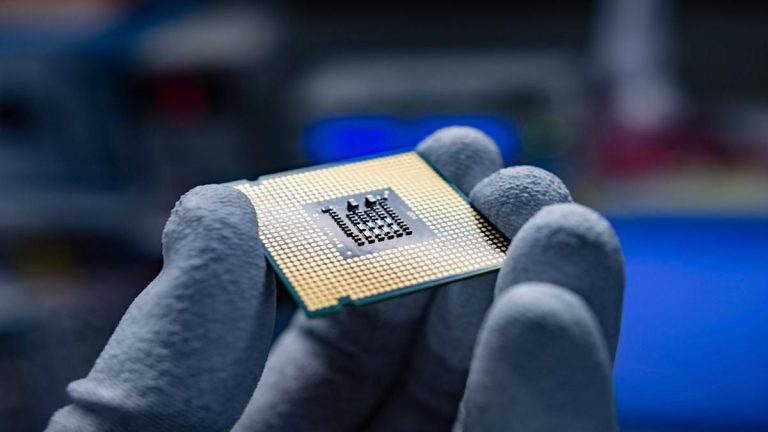Interest rates for top privately owned companies, too, are expected to fall soon, mimicking the financing-efficiency lead of their state-run peers.
Data from investing.com showed the ten-year benchmark bond has yielded, on a weekly basis, below 7% since the week of July 14, 2024.
But since corporate debt is fixed with a mark-up on the benchmark bond yield to account for individual risk exposure beyond the sovereign borrower, the effective borrowing rate has taken longer to trudge durably below the 7% threshold.
But since corporate debt is fixed with a mark-up on the benchmark bond yield to account for individual risk exposure beyond the sovereign borrower, the effective borrowing rate has taken longer to trudge durably below the 7% threshold.
Some top-rated state-owned entities have raised money from the bond market at sub-7% in recent days for the first time since April-May 2022, showed the data related to primary market deals conducted on the electronic bidding platform and reported to the BSE.
 Agencies
Agencies Rate Transmission’s Faster in Bond Market
Following the second consecutive rate cut on April 9 by the central bank, five PSUs-IRFC, HUDCO, NHB, NABARD, and Power Grid Corp-raised a total of more than Rs 23,400 crore at sub-7% coupons, bond dealers said.
“While banks continue to attract customers with market-linked loan products pegged to benchmarks, like T-bill yields or G-Sec curves, these floating rate instruments are often priced at a spread that still lands them above the prevailing AAA PSU bond yields,” said Venkatakrishnan Srinivasan, managing partner, Rockfort Fincap, a fixed income institutional advisory firm.
Sovereign Proxies
Transmission of policy rates is faster in the bond market, especially in the context of the cumulative half a percentage point cut in policy rates in nearly five years, starting February. Liquidity injection of Rs 6.5 lakh crore and the central bank’s stance change to ‘accommodative’ from ‘neutral’ have helped quicken the retreat, with PSU companies that are often seen as the sovereign’s proxy benefitting immediately.
The 10-year benchmark government bond yield fell to 6.32%, the lowest level in three years, last week. Yields are expected to fall further to 6.25% by next fortnight.
“In this rate-cutting cycle, fixed-rate bonds offer certainty, carry, and rate protection-making them the funding instrument of choice,” Srinivasan said, referring to the demand for high-rated paper from investors.
Power Grid set the tone by locking in a 10-year fixed-rate bullet bond at 6.94% on April 11, while NABARD’s 3-year re-issuance in the following week was just above 7%, indicating a fall in rates across the yield curve. Last week, HUDCO and NHB also priced their seven-year bonds at 6.90% and 6.80%, respectively, while IRFC’s 5-year paper was at 6.78%.
According to bond dealers, currently PSUs are benefiting from the lower rates, which in turn is expected to trickle down to other issuers as well, especially AAA-rated borrowers and NBFCs active in the bond market.
This may pose challenges for banks looking to push corporate lending books as better-rated companies now can borrow at rates below the marginal cost of lending rate (MCRL)-the floor rate at which banks give loans to prime borrowers.
For instance, State Bank of India‘s one-year MCLR is at 9%, which has remained unchanged for at least the last six months despite the reduction in policy rates.







